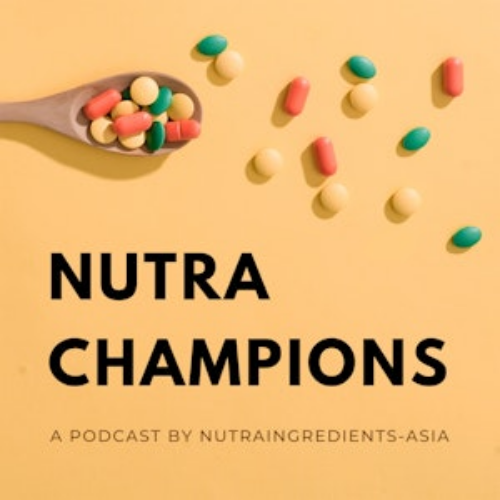Japan’s functional food insights part 2: GABA, indigestible dextrin, omega-3 most popular ingredients - exclusive data

The data is based on the report “In-depth Analysis of the Status of Foods with Function Claims (FFC)” produced by Japan-based health foods and cosmetics consultancy firm Smooth Link.
According to the report, there were a total of 2,951 registered FFCs since the FFC scheme first started in April 2015 to March this year.
As compared to the other scheme Food for Specified Health Uses (FOSHU), the FFC scheme does not require approval by the Consumer Affairs Agency (CAA) to make a health claim.
It is the manufacturers’ responsibility to evaluate the safety and effectiveness of the product and submit the information to the CAA’s secretary general for it to be publicly disclosed on the CAA website.
This also means that the FFC registration process is more affordable and faster than that of FOSHU.
Out of the FFC products, GABA – the amino acid that functions as a neurotransmitter – was the most commonly used active ingredient in FFCs.
In the FFCs that contained only one active ingredient, 306 of them contained GABA. This is followed by indigestible dextrin, a source of dietary fibre which is the key ingredient in 304 FFCs.
Tectorigenin, a flavonoid extracted from the Pueraria lobate var. thomsonii flower, took the third spot.
Other ingredients that made it into the top 10 list included L-theanine, sodium hyaluronate, soybean isoflavone, acetic acid, lutein, Bifidobacterium longum BB536, and bilberry-derived anthocyanin.
Most popular formula
When it comes to FFCs containing a combination of active ingredients, the most commonly seen formulation is EPA and DHA omega-3, with 169 products containing this combination.
The next common formulation is ginkgo leaf-derived flavonoid glycoside and terpene lactone – two ingredients associated with improving cognitive health. There are 109 products made based on this formula.
Taking the third place is the combination of Lutein and Zeaxanthin. These two carotenoids increase the amount of pigment in the macula to protect eyes from light stresses and improve contrast sensitivity. There are 46 products made based on this formula.
The data reflects the types of consumer demands that have been trending in recent years, Hisaaki Kato, CEO and president of Smooth Link told NutraIngredients-Asia.
“The types of ingredients that are commonly found in FFCs reflect the types of concerns common amongst consumers.
“In recent years, lifestyle related diseases such as weight loss and reducing body fat are some of the most popular consumer demands,” he said.
Most common sources
The commonly used ingredients GABA and indigestible dextrin are both sourced from plants, which has made plants a key source of ingredients.
Overall, about one in two (57.1%) of the FFCs contain plant-based ingredients.
This is followed by microorganisms (15.3%), marine-based (9.4%), a mix of different sources (8.2%), animal-based (5.1%), and synthetic chemicals (4.8%).
Format types
There are 1,373 FFCs sold in the market as of June 30. Of which, 727 are dietary supplements, 609 are in the form of processed foods, and 37 are fresh foods.
In terms of dosage formats, FFCs can come in the form of dietary supplements, including tablets, capsules, powder, processed foods, such as yogurts, seasonings, and fresh fruits.



















